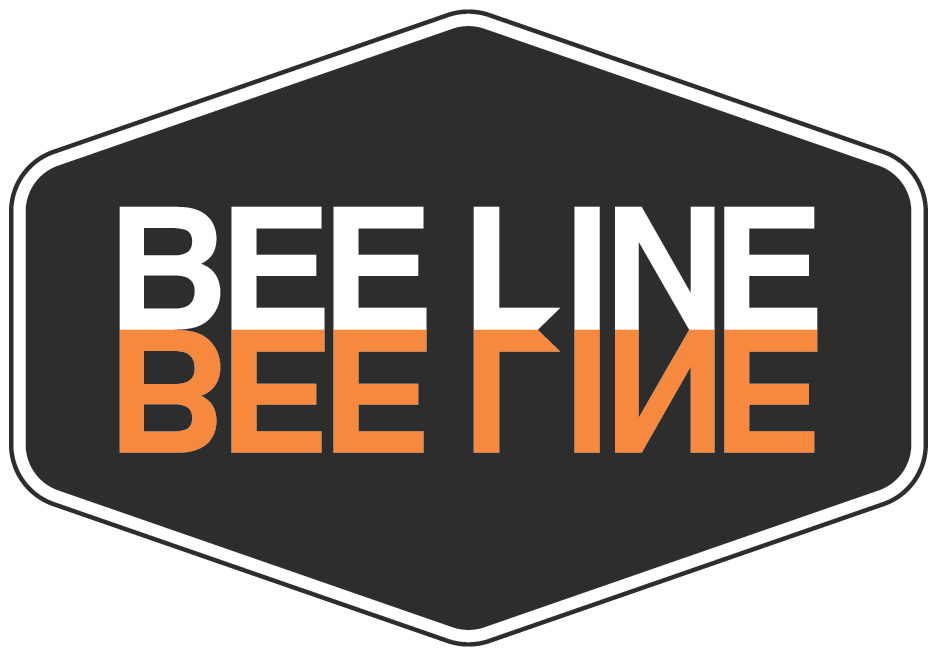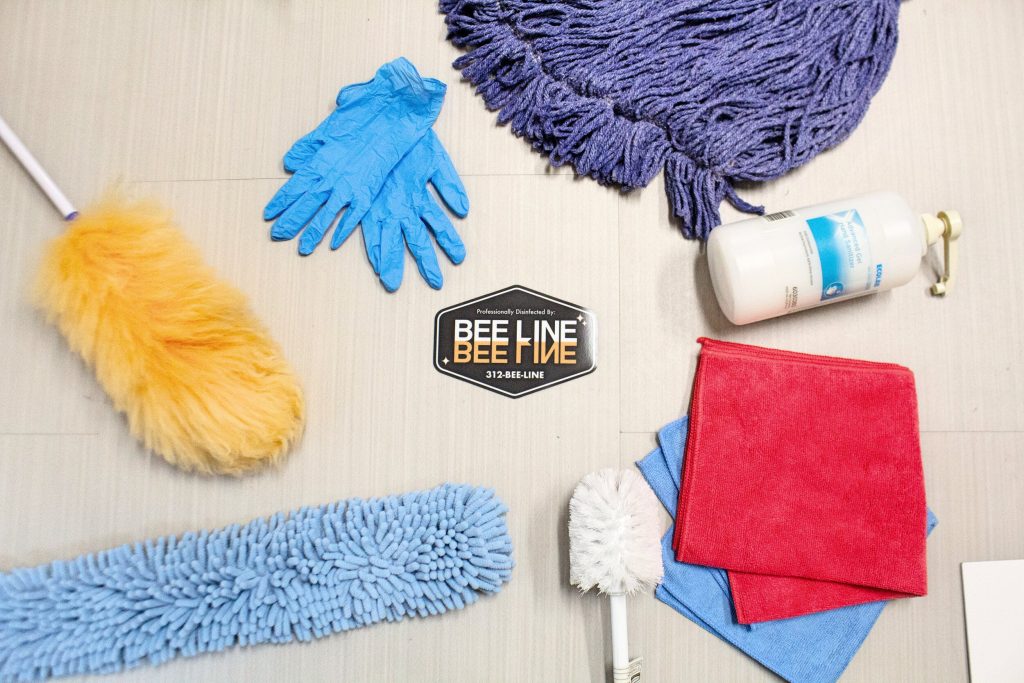Whether you’re dealing with viruses, bacteria, or fungi, the first step in eliminating pathogens is understanding how they spread. Each different type of pathogens can cause different diseases and spread in unique ways. Viruses are microscopic infectious agents that invade living cells to replicated. They’re composed of an RNA, which is a DNA core. Coronavirus is considered an enveloped virus, which has an outer lipid layer that protects the virus’ genetic material. Non-enveloped viruses are considered naked viruses and contain an outermost protein called capsid. Contrary to what you’d think, the outer protein capsid causes non-enveloped viruses to actually be less sensitive to the environment and disinfectants. Enveloped viruses, like COVID-19, can be killed using heat, detergents, and low-level disinfectants. This is good news for us. If COVID was a non-enveloped virus, it’d be much more difficult to eliminate from surfaces and it would make the pandemic much harder to overcome. However, just because COVID is an enveloped virus does not mean it’s “easy” to kill. You still have to be diligent and apply the correct procedures and cleaning chemicals if you want to eradicate the virus.
Understanding How COVID Spreads
The primary way that the novel coronavirus spreads from person to person is through respiratory droplets. These droplets are generated from an infected person coughing, sneezing, or even talking. The droplets can travel through the air and infect others, or they can land on surfaces and contaminate them. With COVID, the virus’ survival rate depends on the material that droplets are on. According to scientific testing, coronavirus can live on plastic and stainless-steel surfaces for two to three days. It survives on cardboard for up to 24 hours and four hours on copper. These time frames can vary depending on the conditions of a facility and the half-life should be considered a precaution only—not a guarantee. To make sure that your facility or home is completely safe from transmitting COVID, it’s important to prioritize cleaning, disinfecting, and sanitizing.
Killing Coronavirus: Cleaning, Disinfecting, and Sanitizing
To keep your facility and your home as safe as possible, it’s important to differentiate between cleaning, disinfecting, and sanitizing. There are integral differences between the three and understanding them can result in the difference of eliminating COVID from a surface or high touch area or merely moving the virus around.
Cleaning includes the physical process of “tidying up.” People tend to begin their cleaning process putting everything away, organizing clutter, and making the area look nice. Cleaning also includes the physical act of removing dirt and germs, but it doesn’t necessarily kill them. While cleaning can help reduce the number of pathogens on a surface, it won’t eradicate them and could increase the spread throughout a facility—especially if the same rag is then used on other surfaces. When cleaning is done properly, you will reduce the risk of infection from a pathogen, but that’s not enough when we’re in the midst of a pandemic.
Disinfecting is done as a secondary measure to cleaning. Disinfecting uses specific chemicals that help kill germs and inactivate any pathogens. The most common disinfectants used are quaternary ammonia compound products (quats), hydrogen peroxide-based products, and sodium hypochlorite (bleach). These disinfectants eliminate 99.9999% of microorganisms. If you don’t clean before disinfecting, you’ll kill the germs, but they will be pushed around and remain on the surface of your items. However, since disinfectant goes as far as killing the germs, it is more effective than cleaning at reducing the potential spread of infection. Disinfecting is the best way to kill coronavirus and drastically reduce the rate of transmission.
The act of sanitizing reduces any contamination or bacteria on a surface, while killing 99.9% of microorganisms. It includes reducing the number of germs on a surface, killing any remaining germs, and then going through again to wipe out what’s left. Disinfecting is one of the only ways that you can ensure your facility is meeting the public health standards, but it takes a little more work.
The Most Effective Cleaning Chemicals During the COVID Era
While using household products can help you clean your home or facility, we recommend opting for professional grade cleaning equipment and disinfectant to have the biggest impact. Bee Line Support recommends a combination of hospital-grade misting applications, disinfectant wipes, manual application of disinfectant, and hand sanitizers to keep your facility, classroom, or home as safe as possible.
To keep surfaces sanitized, you need to employ a mixture of cleaning and disinfecting techniques. The most effective cleaning chemicals during the COVID era include one of the most commonly used disinfectants: quaternary ammonia compound products (“Quats”), hydrogen peroxide-based products, and sodium hypochlorite (bleach). The use of these products eliminates 99.9999% of microorganisms.
When conducting cleaning, make sure that you avoid cross contaminating clean areas with dirty ones. Always work from clean to dirty, going in a realistic pathway that avoids backtracking. Separate any clean equipment from dirty equipment and never mix the two together. If they touch, the clean equipment is now compromised. When cleaning, make sure that you wear the proper personal protective equipment (PPE) and never touch your face during the process. Try to limit the number of surfaces that you physically touch and when done, remove your PPE correctly to avoid any contamination. Dispose of any disposable PPE and properly disinfect any reusable PPS. Finally, wash your hands for at least 20 seconds using warm water and soap. Taking the proper precautions takes time, but it’s well worth it in the end. Remember, there is a difference between using hand sanitizer and washing your hands, so always wash your hands when possible.
Going Above and Beyond Personal Cleaning
If you really want to make sure that your home, office, school, or facility is as clean as can be, make sure you hire a professional cleaning company like Bee Line Support.
Bee Line is one of the only cleaning companies in the region that’s certified in infection prevention. Our team is fully trained to target and destroy any and all viruses, including the COVID-19 virus, through our unique surgical-grade misting technology and high-touch cleaning protocol. We’re one of the only cleaning companies in the region to utilize the Kärcher PS 4/7 Bp hospital-grade misting system to make sure that the COVID-19 virus is effectively killed and any COVID positive spaces are successfully neutralized. Our team is specially trained to ensure that every square inch of your space is disinfected without causing harm to your surroundings. Our cleaners are EPA registered, hypo-allergenic, PH balanced, and bleach-free. They kill 99.9% of fungus, mold, mildew, alongside viruses, bacteria, and pathogens. This cleaner is also odor free and low toxic, so you won’t be left dealing with harsh chemical smells or irritants.
To make sure that you continue to keep your site safe, we offer a full year of COVID-19 disinfecting services with monthly medical-grade cleaning and disinfecting. Due to heightened demand, please call Bee Line Support as soon as possible to schedule cleaning services in a timely manner.
Bee Line also offers upholstery-cleaning services, industrial carpet cleaning services, vacuuming, garbage removal, and comprehensive corporate janitorial services. To make sure you’re doing everything you can to keep your employees, family, and community safe, Bee Line always uses quality control, routine management inspections, and continual onsite training for our employees.
If you’re interested in staying up to date with Bee Line’s latest tips, ricks, advice and COVID updates, sign up for our newsletter. If you need to schedule a service call Bee Line Support at 312-BEE-LINE or message us today to get started on the path to cleanliness!
About The Author
Tom Klimaszewski
author
Tom is your go-to-guy for any health and safety concerns on-site! Tom has lots of experience as a Safety and Compliance Manager in commercial cleaning, healthcare, office, airport settings, with his education in Environmental Studies. He has earned his Certificate Mastery in Infection Prevention (CMIP) and Trainer for Certified Surgical Cleaning Technician (T-CSCT), so to say he’s knowledgeable would be an understatement. When he’s not combatting germs, you can find Tom painting, writing songs, hiking, fishing, and belting out his favorite tunes at karaoke! His favorite part of working with Bee Line is the collaborative and supportive environment.




